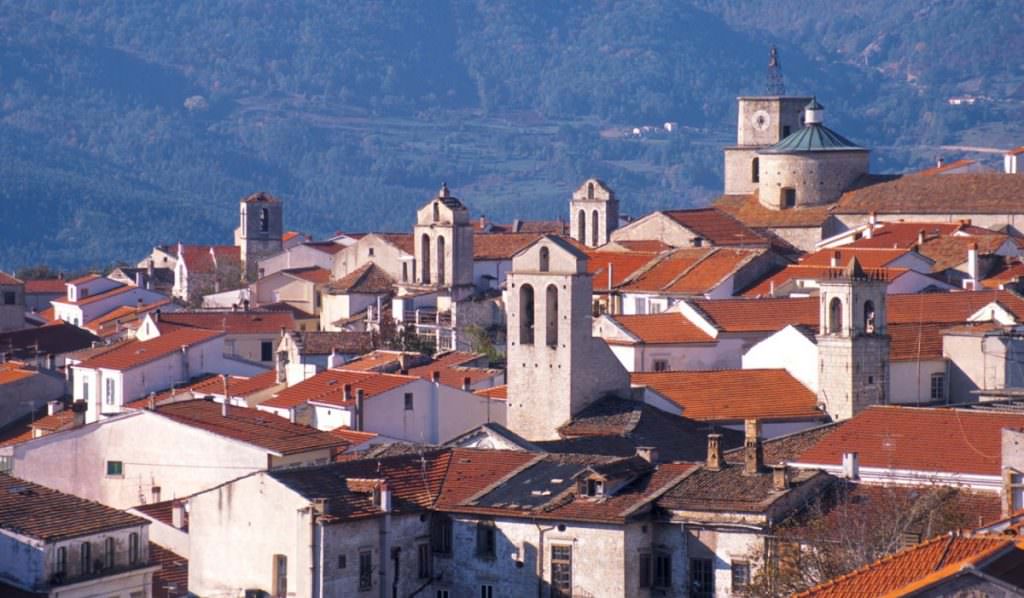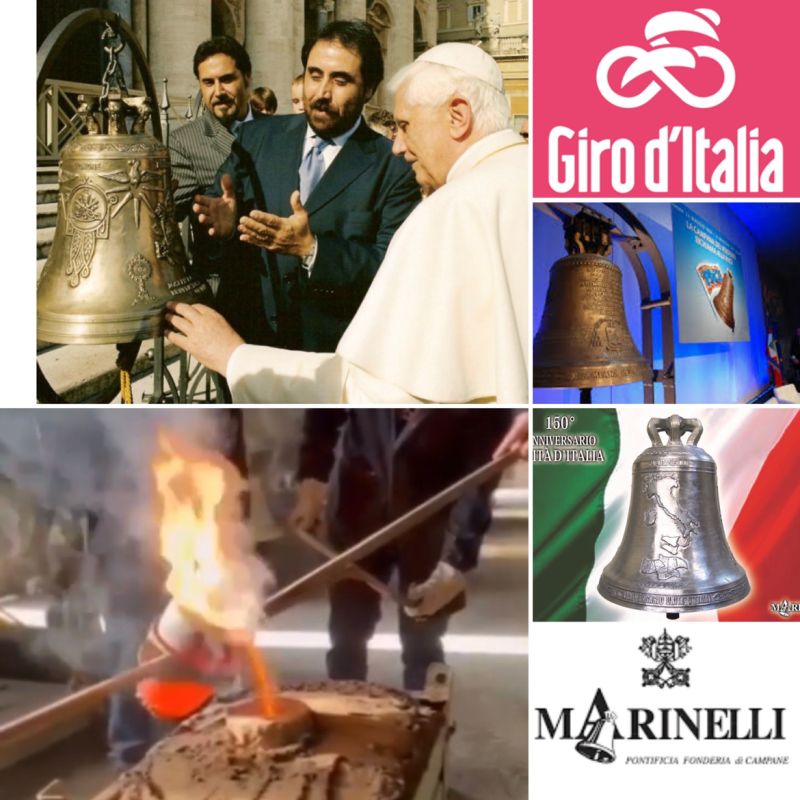
Isernia-Blockhaus, today’s stage of the Giro d’Italia, already boasts a record, not only because of the five thousand metres of positive height difference that the athletes will have to tackle but because the area it passes through is home to a family-run craft business that has been running for… about a thousand years and, inevitably, holds the record for the oldest manufacturing plant still in business!
We are talking about the Pontificia Fonderia Marinelli in Agnone (IS), an extraordinary Made in Italy excellence famous for its thousand-year-old ability to create bells with a sweet and ringing sound.


A family affair for nearly a thousand years
The first documented bell was created by Nicodemo Marinelli in 1339; however, most likely, bells were already being produced in Agnone as early as 1200. The fact is that the company has cast, literally spanning history, bells that today toll all over the world, including the Jubilee 2000 Bell, commissioned by Pope John Paul II when he visited the Marinellis in Agnone in 1995.
Just a few weeks ago, the New York Times devoted a two-page report to the Marinelli foundry and its long history. After all, the family, with brothers Armando and Pasquale Marinelli at the helm of the company, is a true institution, an esteemed dynasty of industrial artisans specialising in the casting of decorated bells, which has the right and honour to bear the Papal Coat of Arms.
After reading these lines, we are sure that you will want to visit Agnone, once also called the Athens of Sannio, for its rich artistic beauty… which even ended up in the British Museum.
Travelling foundries
A curiosity, or rather two, before the finish of this stage. The best bronze came from Campania, and this is where ‘campana’, the Italian word for bell, comes from. At one time, the large bells were cast on site: it was the foundry and the workers who travelled. It’s only since the 1960s that the bells themselves travelled by truck, ship and plane.

Finally, for any other curiosities about bells, visit the Museo Storico della Campana, created in 1999 next to the Foundry, telling about the evolution of this instrument from the Middle Ages to the present day.
Congratulations to those who make Italy’s history and beauty resound worldwide!
Discover the other companies that make Made in Italy art and culture known.





